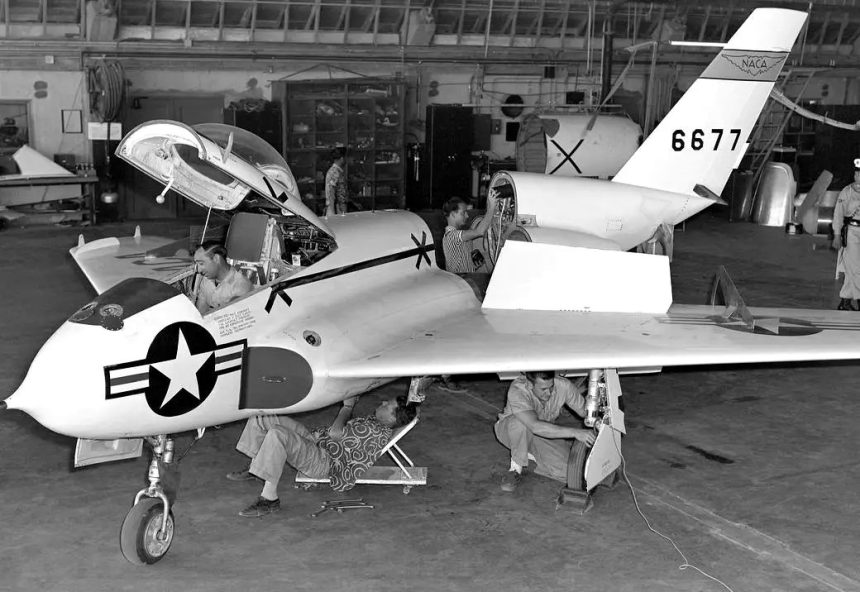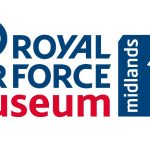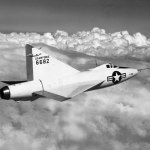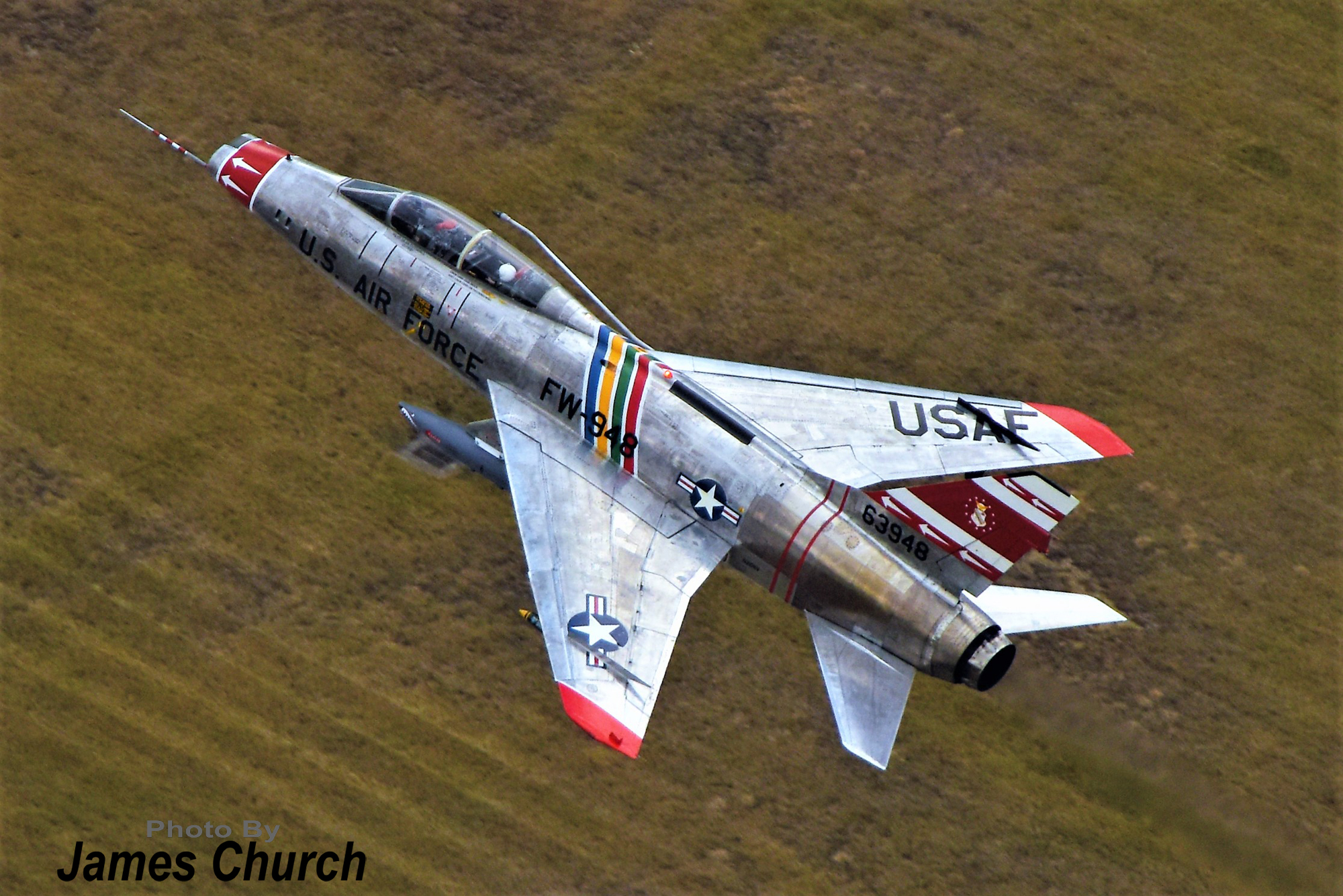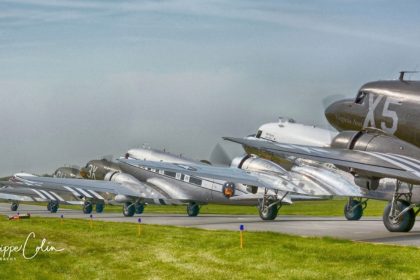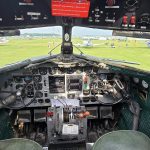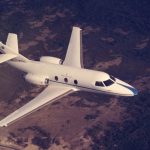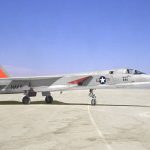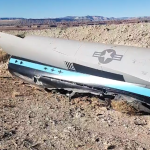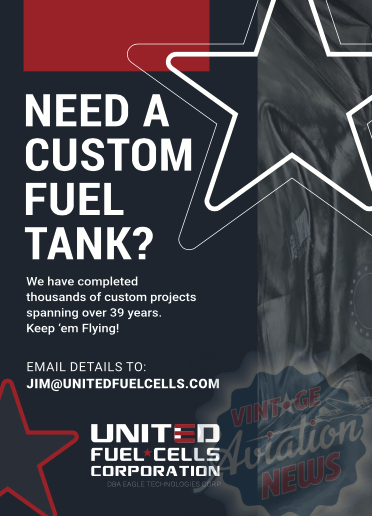Though the Wright brothers’ maiden flight in 1903 marked a turning point in aeronautical engineering, the principles of aircraft design are still anchored in the past. Aspiring aeronautical engineers can learn a great deal regarding aerodynamics, materials, propulsion, and structural advances that have defined modern aviation by studying ancient aircraft. Every age of aircraft development has important lessons that still shape modern advanced aerospace technology.
From the first days of flying to the evolution of supersonic jets, historic aircraft offer a road map for comprehending the ideas guiding aeronautical engineering. Every invention—from the creativity behind the Spitfire’s elliptical wings to the revolutionary jet propulsion of the Messerschmitt Me 262—tells a tale of problem-solving, experimentation, and engineering talent.
Learning from Aviation History
Aeronautical engineering has always been about stretching limits, finding answers to difficult issues, and realizing great ideas. Although today’s aerospace developments center on innovative materials and artificial intelligence-driven designs, the cornerstone of contemporary aviation was laid on the pioneering efforts of early aircraft designers. From supersonic jets to spaceships, their achievements—and mistakes—laid the foundation for everything else, therefore studying past aircraft is absolutely vital for knowledge of aeronautical engineering.
Just as engineers build upon past innovations to create modern aircraft, students pursuing aeronautical engineering must also engage with a vast amount of research and technical writing. The ability to analyze historical designs, understand engineering principles, and apply theoretical knowledge to practical problems is crucial in this field. However, writing detailed research papers on these topics can be time-consuming and challenging. Fortunately, the website https://edubirdie.com/research-papers-writing-services provides research paper writing assistance. This helps students navigate complex technical subjects, allowing them to focus on hands-on learning and practical application. With the right support, future engineers can deepen their understanding of aviation history while developing the skills necessary for innovation.
Studying historical aircraft helps students understand the development of flight and learn from early engineers about problems of lift, propulsion, stability, and material constraints. Frequently carried out by trial and error, these early experiments expose the fundamental ideas still guiding aviation today. The trip starts with the first powered flight and the ground-breaking concepts influencing the first aircraft models.
Early Flight: The Basis of Aviation
Early aviation pioneers tested many wing forms, control systems, and propulsion techniques as dawn of powered flight was defined by trial and error. Often touted as the first successful powered aircraft, the Wright Flyer (1903) clearly shows lift, propulsion, and control. Achieving continuous flight depended critically on its lightweight materials, fabric-covered biplane design, and front elevator system.
Early airplane lessons for engineers on low-speed aerodynamics and stability control By using wind tunnel testing to improve their wing designs, the Wright brothers established a standard for contemporary aeronautical research and demonstrated that even basic tests may provide revolutionary findings. Aerospace engineers still test novel ideas before full-scale manufacture nowadays using scaled-down models, computer simulations, and wind tunnels.
World War I and the Beginning of Military Flying
Accelerating aircraft development, the First World War transformed fragile wooden planes into sophisticated aerial vehicles. Innovative elements including interrupter gears for machine guns and enhanced mobility through wing configuration were first presented by aircraft including the Fokker Dr. I Triplane and the Sopwith Camel. Early fighter planes underlined the need of weight distribution, engine power, and aerodynamic efficiency—qualities still very important in contemporary aircraft design.
Particularly in battle aerodynamics, drag reduction, and structural durability, early aircraft teach engineers today important insights. The materials—wood, cloth, and metal reinforcements—showcased how creatively engineers made use of what was at hand to produce lightweight yet powerful flying machines.
The Golden Age of Aviation
Aerodynamics, range, and speed all improved dramatically in aircraft technology between the two world wars. Setting the benchmark for modern airliners, the Douglas DC-3 (1935) a classic in commercial aviation brought all-metal construction, retractable landing gear, and more efficient airfoil designs. Replacing the slower, drag-heavy biplanes of previous years, monoplane aircraft emerged during this time.
Aircraft from this age stress the need of simplifying and fuel economy. For instance, the Hughes H-1 Racer showed how a well crafted airframe with a smooth, rivet-free surface may reduce drag and increase speed. Particularly in optimizing lift-to—drag ratios in today’s commercial and military aircraft and in lowering turbulent airflow, lessons from earlier designs still shape modern aerodynamics.
World War II: Development in Speed and Power
Faster speeds, higher altitudes, and more powerful engines than never seen before saw aircraft technology advance throughout World War II. With its elliptical wing form, the Supermarine Spitfire provided more lift and less drag, giving better mobility in dogfights. To improve aircraft survivability, the Boeing B-17 Flying Fortress also brought self-sealing fuel tanks and strongly strengthened construction.
As shown by the Messerschmitt Me 262, the first operational jet fighter in the world, jet propulsion was the most innovative breakthrough of this age. By proving the superiority of jet engines over propeller-driven aircraft, this aircraft helped jet technology to become dominant in the years after war.
For students analyzing aeronautical engineering, this period provides vital new perspectives on structure strengthening, high-speed aerodynamics, and engine efficiency. Many of the ideas from these aircraft—such as the advantages of swept-wing designs for faster speeds—are still followed in contemporary jet fighters and commercial aircraft.
The Jet Age & Supersonic Revolution
Rising jet-powered commercial and military aircraft throughout the post-war era changed world travel and conflict. The Boeing 707 (1957) proved that big passenger planes could be both profitable and efficient, hence launching the modern airline sector. Future aircraft were modeled by its pressurized interior, swept-wing form, and high-bypass turbofan engines.
From the military standpoint, aircraft such as the Lockheed SR-71 Blackbird stretched the boundaries of speed and altitude by using titanium construction, cutting-edge heat-resistant materials, and stealth features. One of the few commercial supersonic aircraft, the Concorde demonstrated the benefits and difficulties of delta-wing designs, afterburner-powered engines, and supersonic aerodynamics.
All important subjects for contemporary aerospace engineers, these aircraft draw attention to the engineering complexity of high-speed flying, thermal stress control, and fuel economy. Concorde lessons, for example, still guide studies on future supersonic and hypersonic passenger aircraft as engineers work to overcome fuel consumption and sonic booms.
Advice For Upcoming Aerospace Engineers
Researching historical airplanes is about knowing the trial-and-error process that molded aviation today, not only about nostalgia. Every turning point in aircraft design imparts basic lessons in structural integrity, aerodynamics, propulsion, and materials science. Even as engineers pursue next-generation technologies such as electric propulsion, composite materials, and hypersonic travel, many of the ideas discovered in early airplanes are still relevant today.
Examining past designs helps aeronautical engineering students to value the creativity and problem-solving ability required to overcome constraints—whether they be reaching the first powered flight, breaking the sound barrier, or maximizing fuel economy in contemporary airliners. The past guides the future and enables engineers to challenge the limits of aircraft technological capability.
Every aircraft, from the delicate wooden planes of World War I to the titanium-clad speed demons of the Jet Age, has lessons for the following generation of engineers. Knowing these ideas not only makes for an interesting historical study but also lays the groundwork for space exploration and aircraft going forward.
“Vintage Aviation News staff did not write this article; the content comes via our partners who wish to help support our website.”






